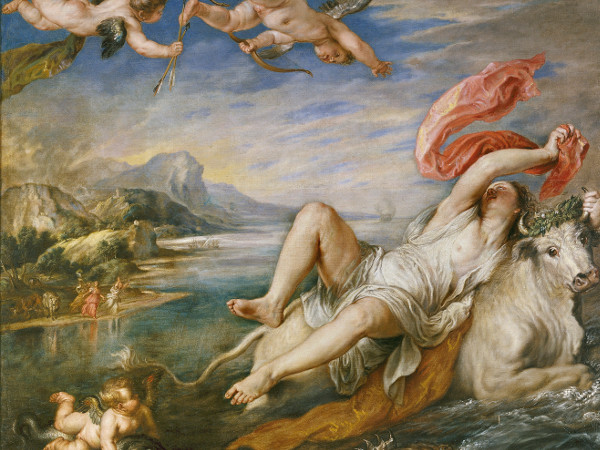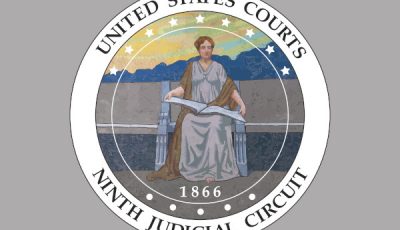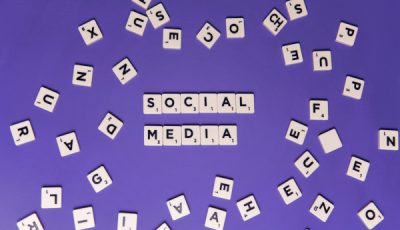Facebook Draws Arbitrary Line Around ‘Porn’
 MENLO PARK, Calif. – The technologies behind social media platforms may be modern, but the conundrum predates the printing press: When it comes to depictions of sexuality, where is the line drawn between “pornography” and “art”?
MENLO PARK, Calif. – The technologies behind social media platforms may be modern, but the conundrum predates the printing press: When it comes to depictions of sexuality, where is the line drawn between “pornography” and “art”?
Among the intriguing details that have emerged from an internal policy document allegedly leaked from Facebook, the one that grabbed my attention is an odd distinction the company’s policies make between “handmade sexual activity” and “digital sexual activity.”
“We allow nudity when it is depicted in art like paintings, sculptures and drawings,” the policy document states. “We do not allow digitally created nudity or sexual activity. We drew this line so that we could remove a lot of very sexual digital nudity, but it also covers an increasing amount of non-sexual digitally made art. The current line is also difficult to enforce because it is hard to differentiate between handmade art and digitally made depictions.”
So, in other words, if I hand-carve a sculpture of a naked woman, Facebook should have no issue with my work, but if I post a photoshopped image in which I have manipulated a digital photo of a naked woman to look like a sculpture, this image is liable to be pulled down?
Alternatively, maybe what the policy means is I may post as many images of my nude statue work as I can sculpt, so long as I don’t also post a photograph of the nude models whose poses serve as the basis of my work?
Either way, I’m betting Michelangelo is looking up at us from hell and counting his lucky stars he lived before the age of social media, in which he may have been subjected to an account cancellation if someone were to decide David depicts a minor.
The good news is this isn’t about private-sector censorship — not as Facebook sees things, at least.
“Keeping people on Facebook safe is the most important thing we do,” Monika Bickert, head of global policy management at Facebook, told CNET. “We work hard to make Facebook as safe as possible while enabling free speech.”
To be fair, I think Bickert was referring more to instances of revenge porn, “sextortion” and threats of sexual violence than to the need to shield its users from the dangers of Renaissance sculpture. Still, there must be something terribly threatening about certain works of art, considering the policy guidelines include specific instructions to remove images of “The Rape of Europa” and “The Abduction of the Sabine Women” when such are posted.
This raises another question for me, because not all depictions of the rape of Europa are created equal. For example, from a Facebook policy perspective, is the Peter Paul Rubens version more acceptable than the Francisco de Goya rendition, or vice versa?
Beyond the difficulty of making qualitative distinctions between Romantic and Baroque interpretations of Classical mythological stories, is the concern driving Facebook to remove these works based on their titles, or have we become so sensitive to the possibility of fostering “rape culture” that any reference to or depiction of rape, even fictitious and mythological, is now strictly verboten?
As has been quite forcefully demonstrated of late, Facebook is also confronting a dilemma when it comes to depictions of non-sexual violence. Will part of the company’s response to concerns about such violence include compulsory take-downs of Guernica, or would they limit their removals to more realistic works, like Anne-Louis Girodet’s “Revolt of Cairo”?
Facebook’s content policies are shaping up to be a challenge with no solution, it seems to me, and we haven’t even reached the question of whether there’s a Facebook policy distinction to be made between ISIS beheading videos and the dismantling of a certain stubborn Black Knight.
Image: “The Rape of Europa,” Peter Paul Rubens, 1628-29.













